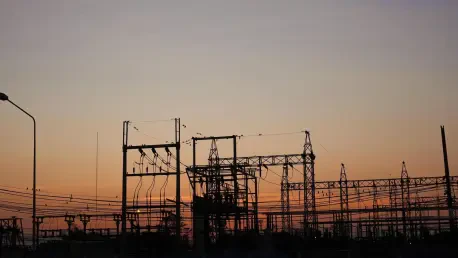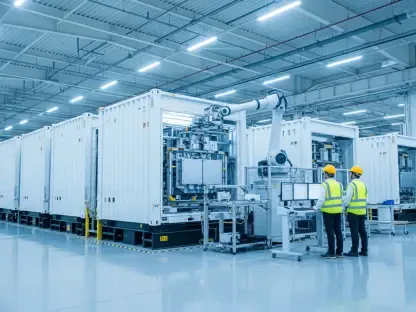The power industry faces pivotal challenges as it navigates through a rapidly electrifying and interconnected landscape. Utility professionals grapple with increasing energy demands, the swift transition to renewable energies, and an aging workforce amid critical technological and infrastructural upgrades. The year ahead marks a turning point, demanding strategic adaptation to steer through these complex dynamics successfully.
Current Power Industry Landscape
In 2025, the power industry’s scope and significance are more pronounced than ever, with its integral position in supporting global infrastructure and national economies. Four main sectors define this industry’s fabric: generation, transmission, distribution, and retail. Technological advancements, from smart grid innovations to artificial intelligence, catalyze evolution and efficiency within these segments. Major players such as Siemens, General Electric, and Schneider Electric continue to drive progress through strategic alliances, cutting-edge technologies, and proactive regulatory engagements. These companies, along with others, navigate stringent environmental policies, safety standards, and international trade regulations influencing operational and expansion strategies.
Trends Shaping the Power Industry
Emerging Technologies and Market Drivers
Innovation within the power industry is strongly influenced by emerging technologies such as artificial intelligence, machine learning, and decentralized energy resources like solar panels. Consumer behaviors shift as energy-conscious attitudes propel demand for sustainable solutions and efficient energy usage, presenting new market opportunities. This transformation unveils growth potential for companies able to spearhead advancements that address these evolving preferences and requirements.
Market Data and Growth Projections
Current market data reveals robust growth projections, increased energy consumption, and utilities investing in next-generation technologies to meet expectations. As electric vehicle sales rise, electricity demand is anticipated to climb significantly. The expansion of data centers further exacerbates electricity usage, challenging grid infrastructure. Projections suggest that by 2027, the industry will witness substantial performance improvements through automation, smart grid implementation, and enhanced storage solutions tailored to burgeoning consumer needs.
Challenges and Mitigation Strategies
The power industry faces challenges stemming from technological constraints, regulatory shifts, and market dynamics, creating hurdles that require proactive solutions. Aging infrastructure coupled with climate change demands robust investment in grid modernization to ensure reliability and safety. Utilities can explore predictive maintenance systems utilizing digital twins for optimized asset management. The talent void due to an aging workforce intensifies, necessitating strategic talent acquisition, mentorship programs to facilitate expertise transition, and modern training emphasizing digital literacy.
Regulatory Environment in the Power Industry
Regulatory frameworks shape industry practices through laws, standards, and pivotal changes that influence compliance and security. Regulations like the Clean Air Act and the Energy Policy Act mirror governmental priorities in fostering sustainable growth. Compliance ensures resilience against operational setbacks, with cybersecurity paramount amid increased cyber threats targeting grid operations. Stringent adherence to frameworks like NERC CIP standards enhances utility defense mechanisms against potential breaches.
Future Outlook
Looking forward, emerging technologies such as blockchain for secure energy trading, advancements in grid storage, and AI-led efficient energy distribution signal transformative shifts. Global economic factors and innovation pace drive these prospects, unfolding scenarios that challenge traditional operational models. Regulation adaptability is crucial as utilities address geopolitical implications and strive for carbon-neutral targets. The future hinges on embracing technologies, evolving policies, and fostering collaboration across sectors.
Conclusions and Recommendations
In addressing the challenges laid out, the power industry’s path toward a sustainable future hinges on strategic collaboration, advanced technology adoption, and workforce revitalization. Solutions must integrate innovation with regulatory compliance, enhancing grid reliability while safeguarding against digital threats. Emphasizing talent acquisition, mentoring, and diversity can fortify industry resilience. As utilities adapt, investments in renewable energy, grid modernization, and emerging technologies will pave the way for stability and growth, safeguarding communities and industries alike.









